Get homebrew:
- ruby -e "$(curl -fsSkL raw.github.com/mxcl/homebrew/go)" (this only works because Lion ships with a built in ruby)
Get ruby version manager (rvm) plus rails:
- \curl -L https://get.rvm.io | bash -s stable --rails
Install gcc42 with which to build ruby (because XCode 4.2 now uses clang):
- brew update
- brew tap homebrew/dupes
- brew install autoconf automake apple-gcc42
- brew link --overwrite apple-gcc42 (you may or may not need this line, and should probably try without the --overwrite first)
- brew install libksba (some other library needed to by rvm to build ruby from homebrew sources)
- rvm pkg install openssl
Set rvm to use a recent ruby version by default:
- rvm use 1.9.3-p327 --default
- rvm alias create default ruby-1.9.3-p327
Install postgresql:
- brew install postgresql
- initdb /usr/local/var/postgres -E utf8
- mkdir -p ~/Library/LaunchAgents
- cp /usr/local/Cellar/postgresql/9.1.5/homebrew.mxcl.postgresql.plist ~/Library/LaunchAgents/
- launchctl load -w ~/Library/LaunchAgents/homebrew.mxcl.postgresql.plist
pg_ctl -D /usr/local/var/postgres -l /usr/local/var/postgres/server.log start
And stop with:
pg_ctl -D /usr/local/var/postgres stop -s -m fast
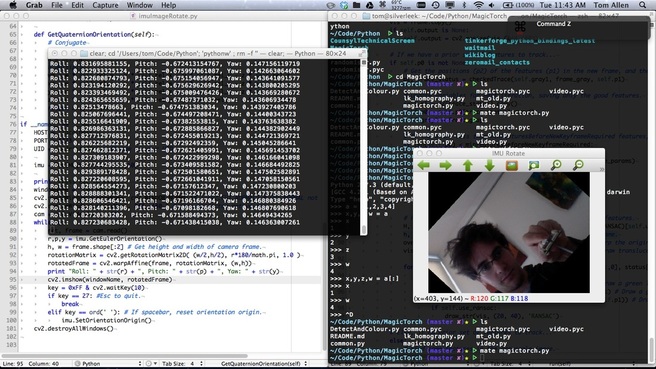

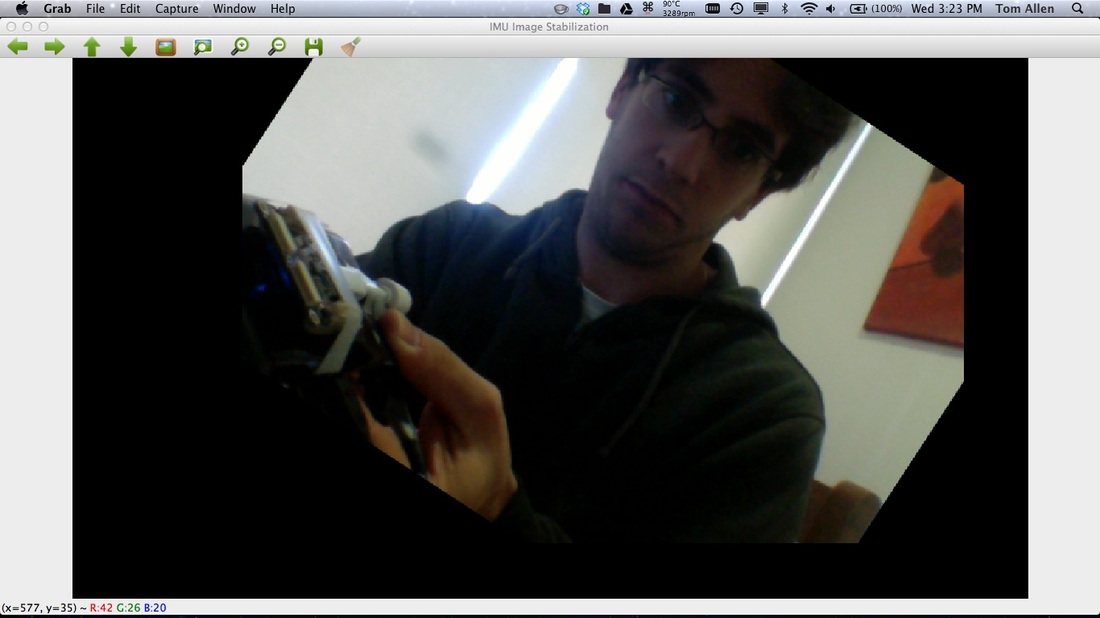
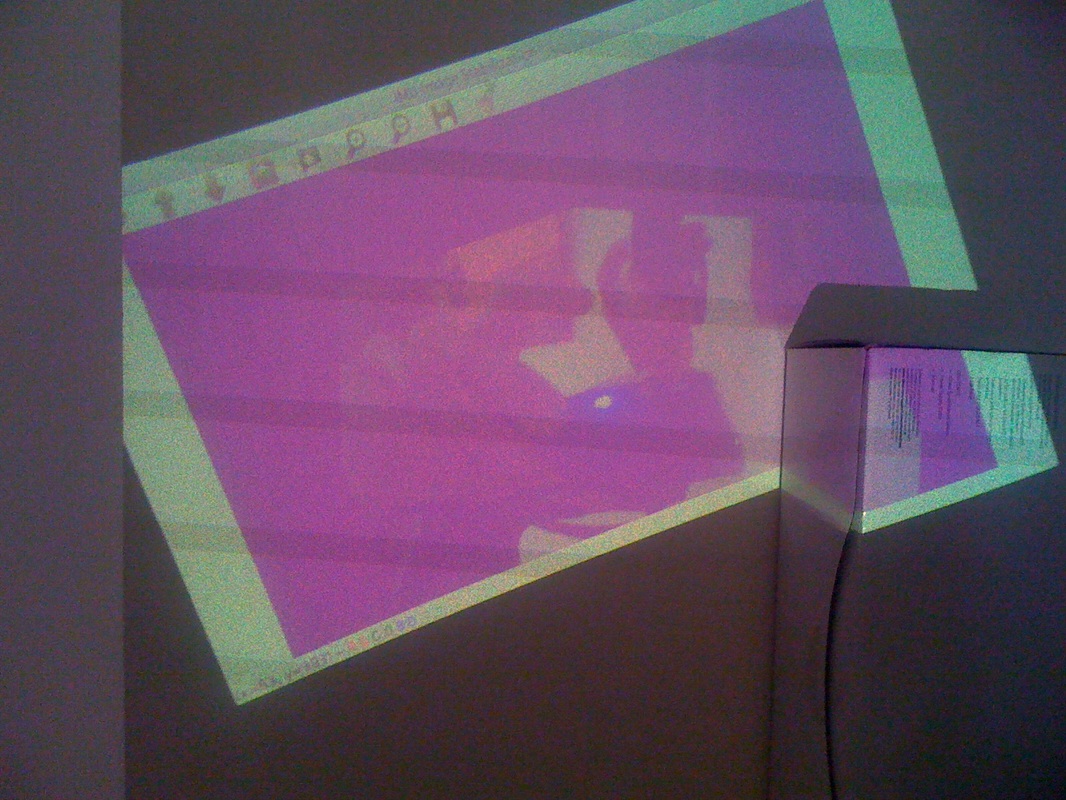


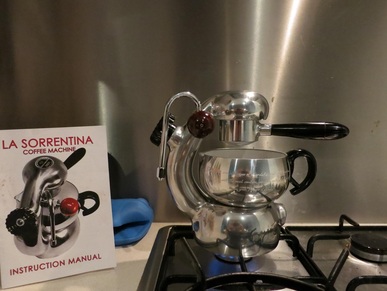

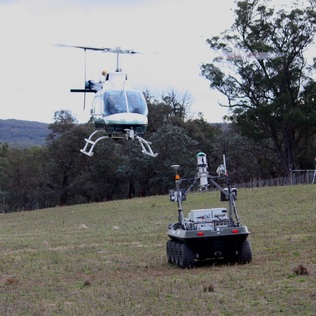

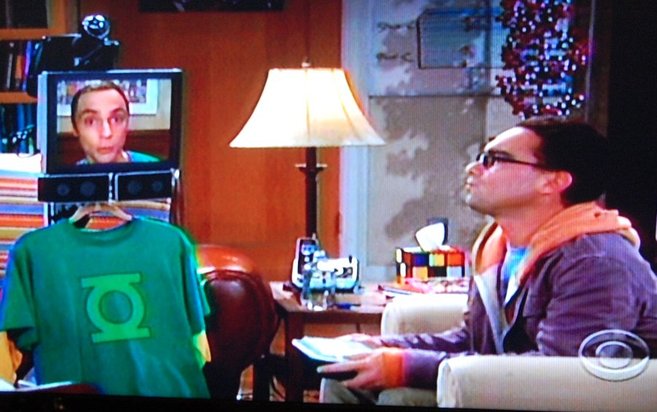


 RSS Feed
RSS Feed